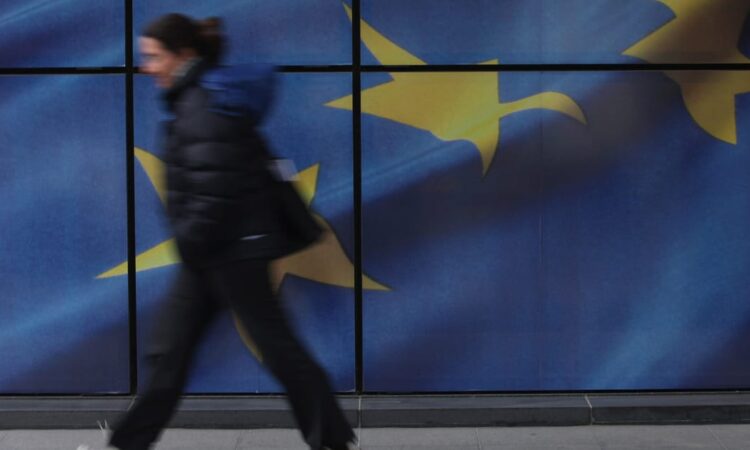
Press play to listen to this article
Voiced by artificial intelligence.
The numbers don’t lie — the EU economy is having a difficult time.
The latest economic data paints a mixed picture — unemployment is at a record low and although inflation has slowed, it’s still stubbornly high. Economic growth is stagnant.
The European Central Bank’s efforts to curb rising prices through a set of aggressive interest rate hikes have proved difficult. Fresh data published Monday showed that despite a sharp drop in energy and electricity prices, inflation in the eurozone remains well above the Bank’s 2 percent target. It clocked in at 5.3 percent for the month of July. Blame volatile food prices and sky-high prices in the service sector.
If you’re worried, you’re not alone. EU business and consumer confidence in the bloc’s economy has been steadily declining since the start of the year.
But don’t panic, or at least not yet: GDP data published Monday suggested the eurozone will likely avoid a yearlong recession. Still, EU Economy Commissioner Paolo Gentiloni acknowledged last week that “after stagnating at the start of the year, growth is likely to remain subdued” over the rest of 2023.
The moment of truth will come in September, when Gentiloni is set to present the new 2023 forecast for the eurozone. (He warned that the picture will probably be less optimistic than previously envisaged.)
Paola Tamma contributed reporting.






